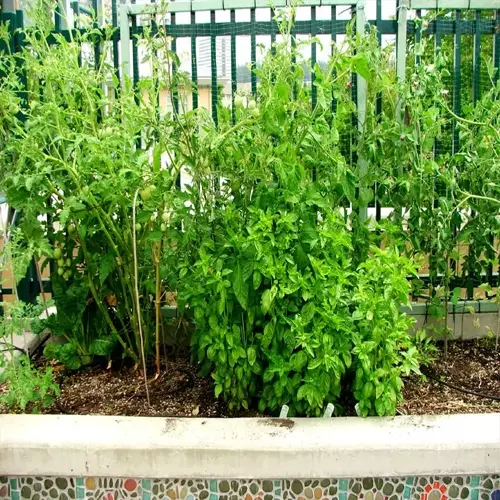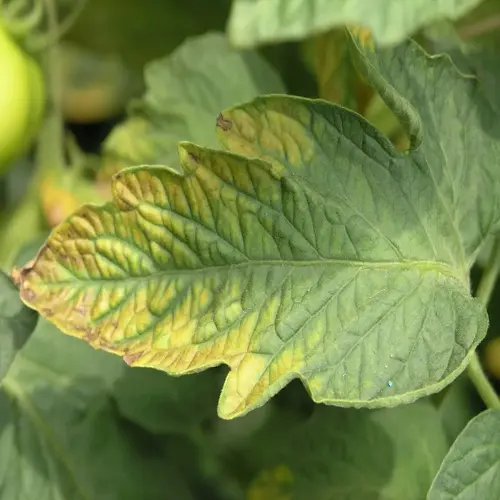Which plants require the least water?

Written by
Paul Reynolds
Reviewed by
Prof. Samuel Fitzgerald, Ph.D.Once established, many stunning plants will thrive with minimal water. Native grasses, like blue grama and buffalo grass, only need to be watered once a month. Succulents keep water in their leaves and can last through long dry periods. Mediterranean herbs, such as rosemary and lavender, thrive in dry conditions. All my grass has been replaced with these desert-tolerant plants!
Succulent varieties exhibit a range of textures and shapes. Sedum groundcovers spread quite easily and require nearly no supplemental water. Agave can serve as dramatic focal points in rock gardens. My aloe vera plants are quite hardy and nutritious, and do well when neglected. The most remarkable aspect of these plants is their ability to store water in their leaves and stems in their natural habitat.
Establishment Phase
- Water deeply twice weekly during first growing season
- Apply root-stimulating fertilizer at planting time
- Mulch around new plants to retain moisture
- Protect from extreme heat during initial establishment
Long-Term Maintenance
- Reduce watering frequency gradually after establishment
- Prune annually to maintain shape and health
- Check soil moisture before any supplemental watering
- Divide overcrowded plants every 3-5 seasons
Herbs from the Mediterranean region add scent and usefulness to gardens. Lavender readily flourishes in hot, dry situations with good drainage. Rosemary grows with woody stems, requiring only occasional deep watering. My thyme ground cover hasn't been watered for six weeks. These herbs originate from regions that typically receive little rainfall.
Native wildflowers are great for local ecosystems and save water. Coneflowers attract pollinators with little watering. California poppies are prolific self-seeders, even under drought conditions. I created a meadow filled with blanket flowers, flowering all summer long. These plants are also well-suited for regional climate conditions.
To enhance water efficiency, group plants together. Locate high-water plants close to water sources. Locate drought-tolerant species in sunny, well-drained areas. Ideally, my garden zones greatly reduce the need for irrigation. Amending the soil properly allows these plants to establish a deep root zone in a short period of time.
To ensure maximum success, introduce these low-water plants step by step. Begin by installing one area of your garden this year. You will accomplish two goals by doing this: save money on your water bill and develop the landscapes to be more resilient. These plants will take the least amount of care after they have established.
Read the full article: 10 Essential Water Conservation Gardening Tips

